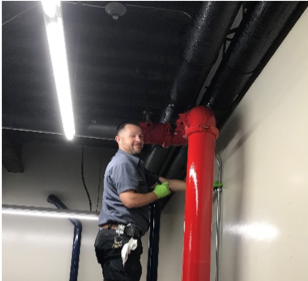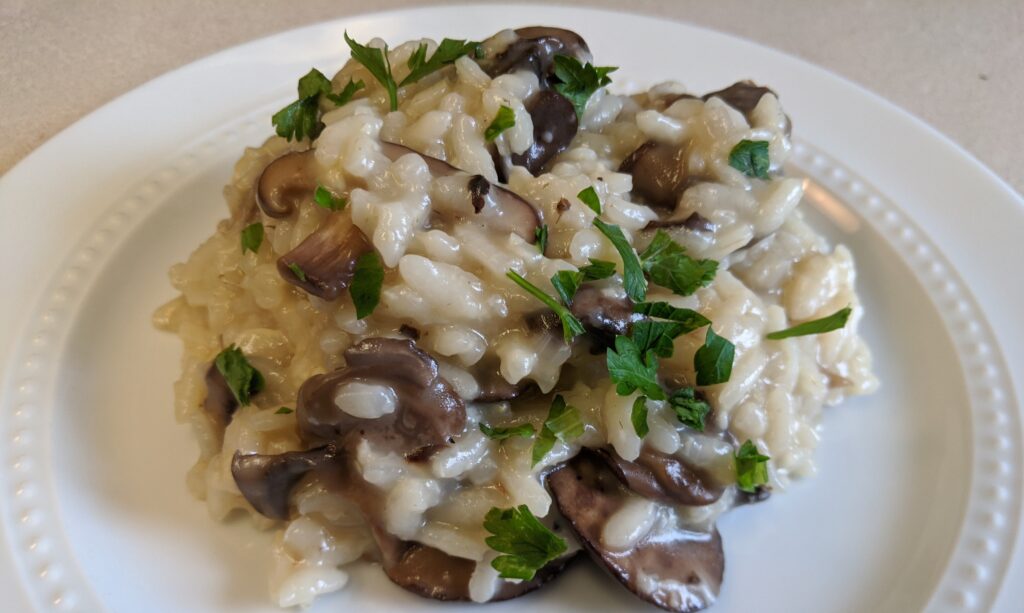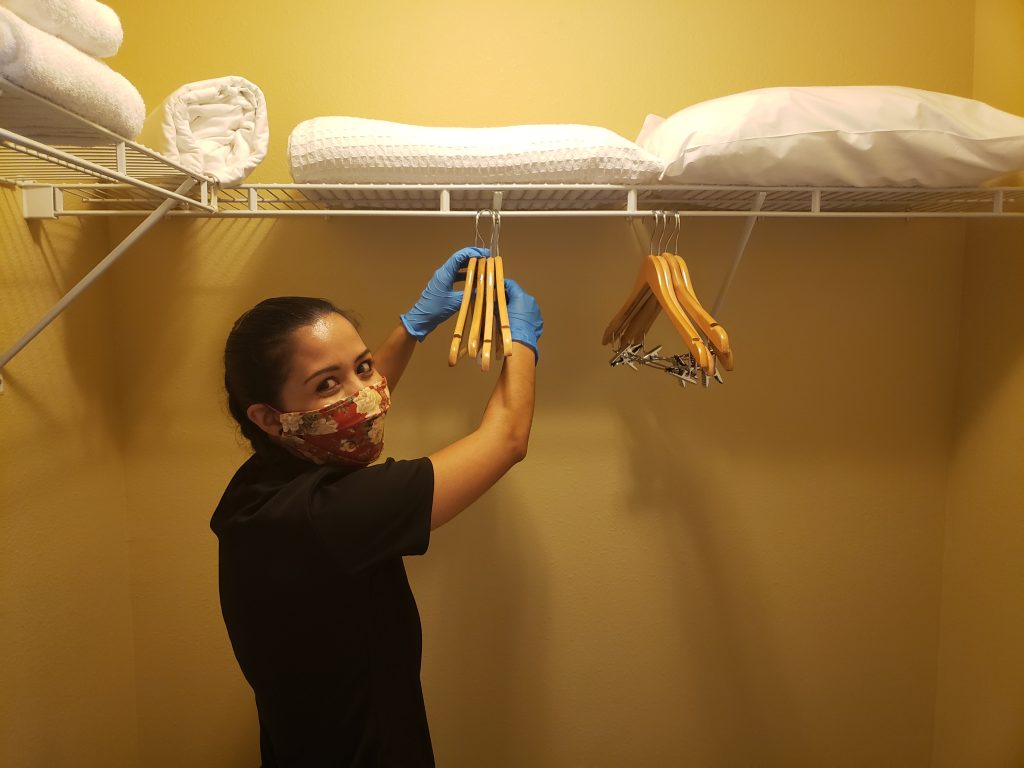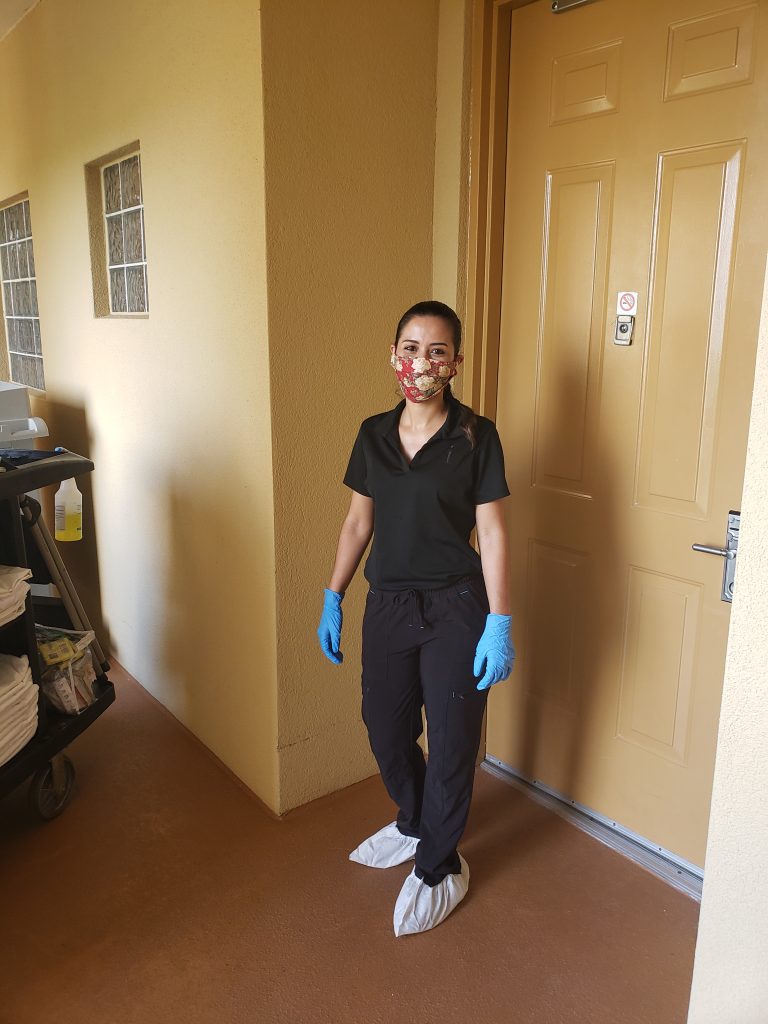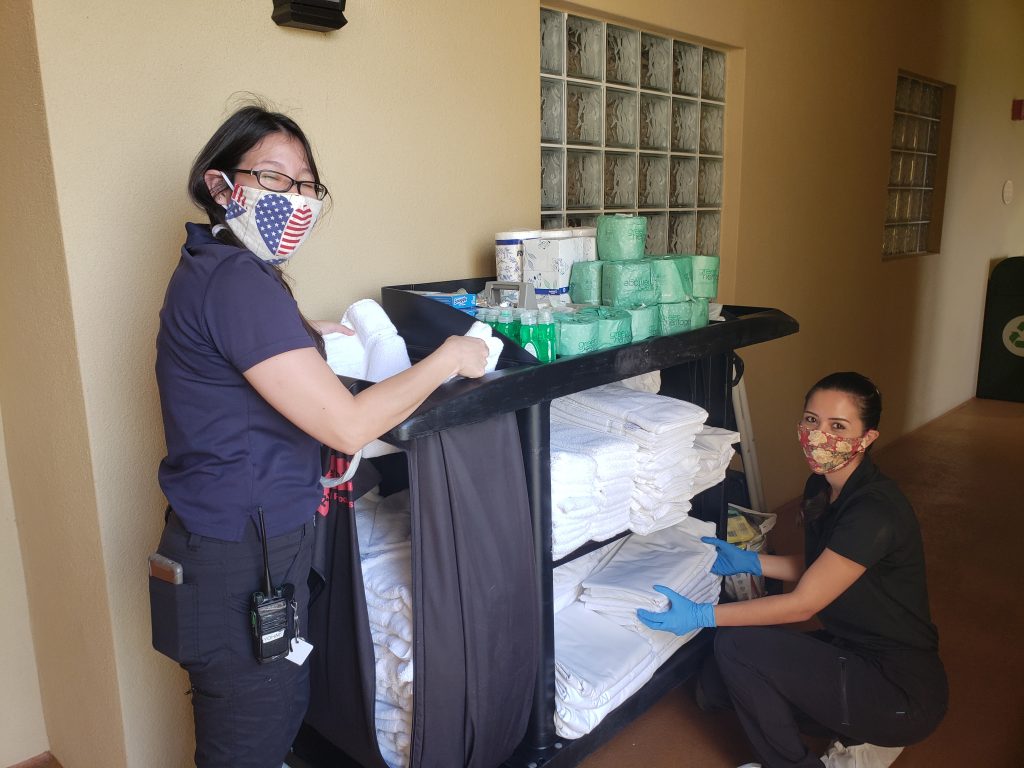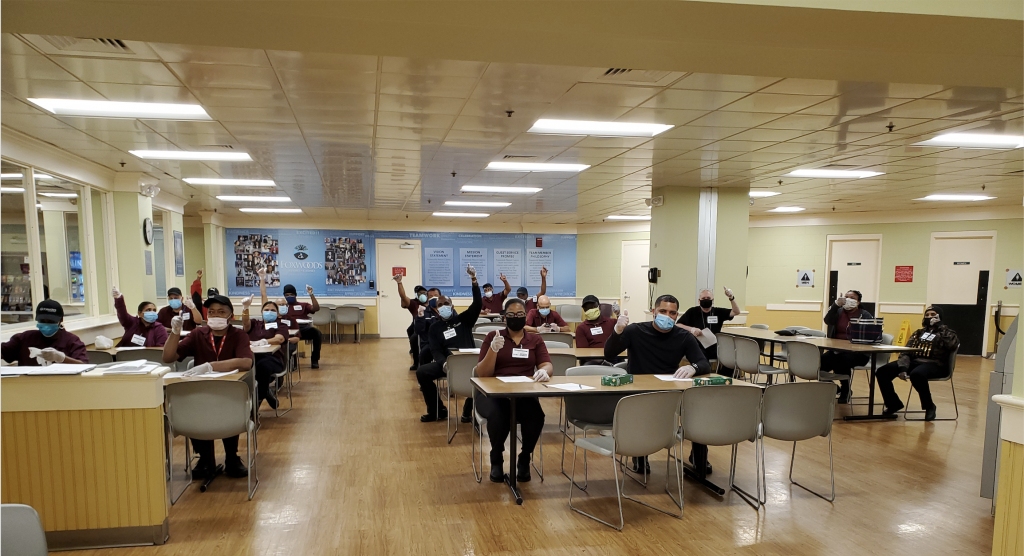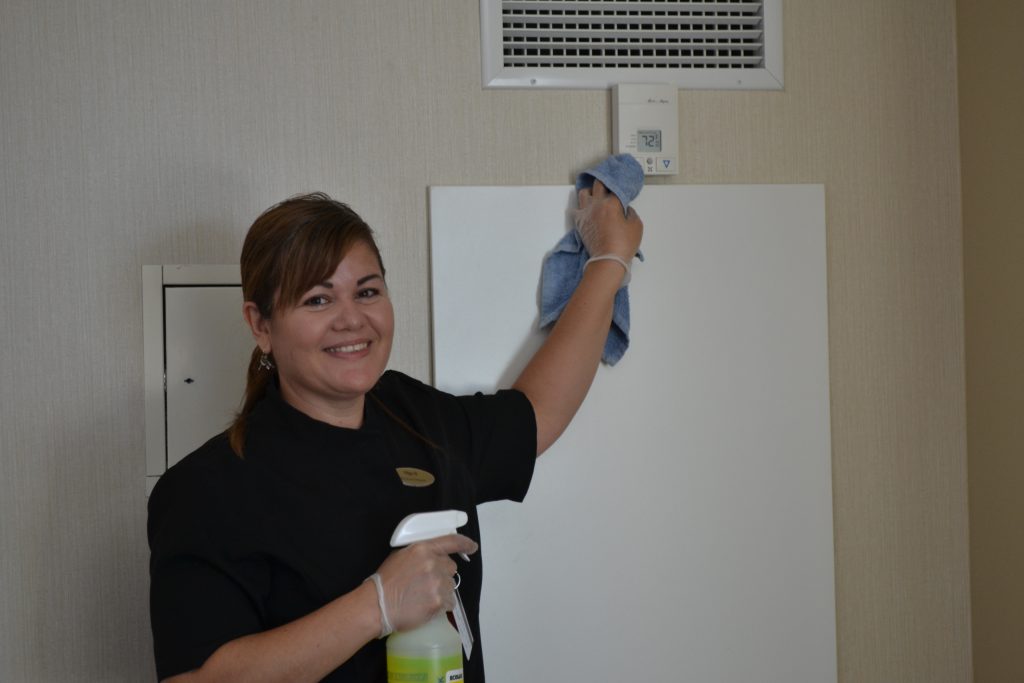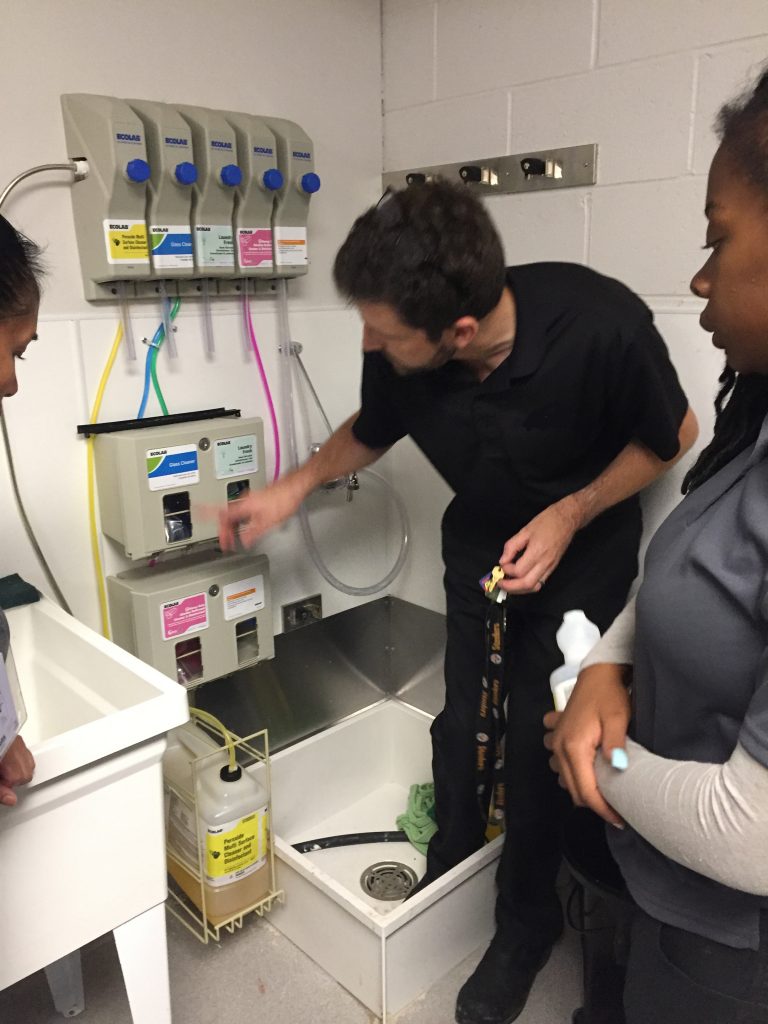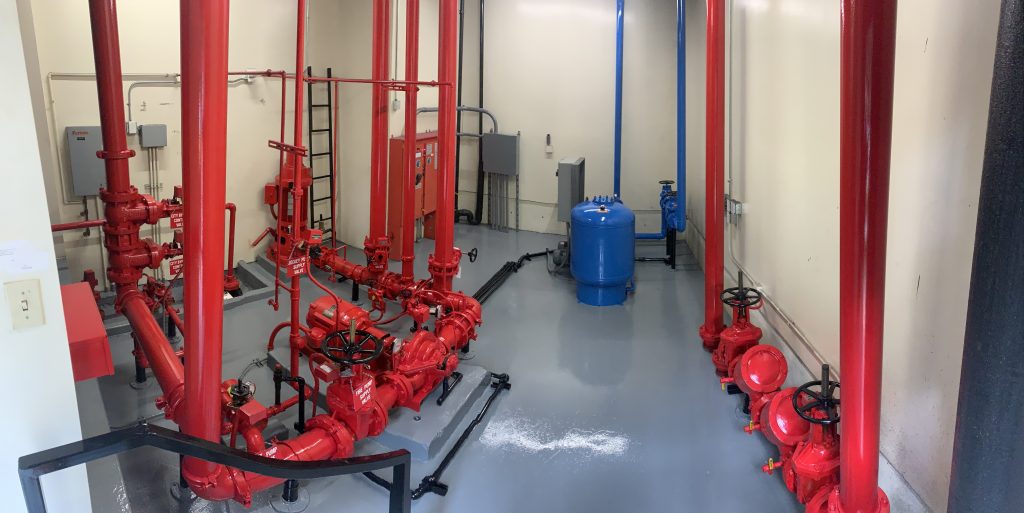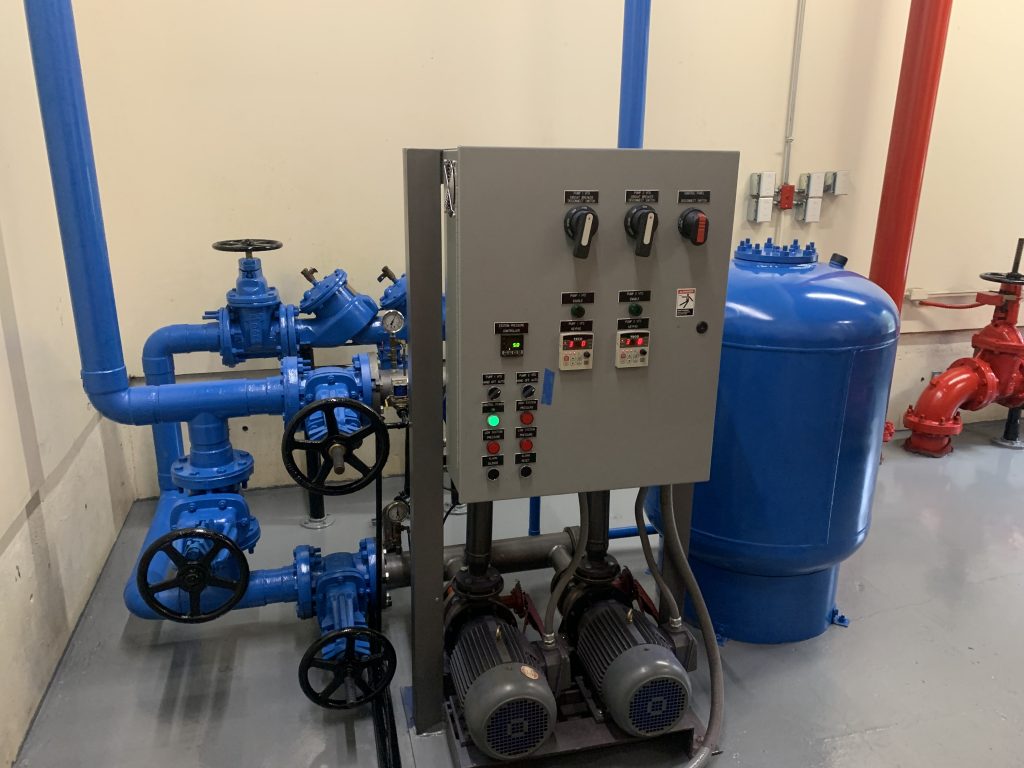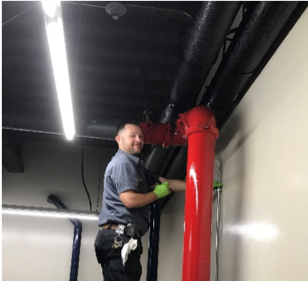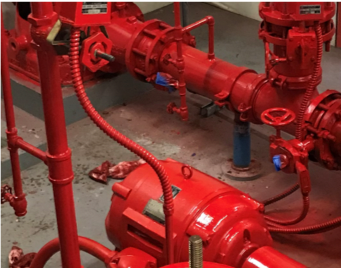
What to do if you have low occupancy or shut down your building
Last year certainly presented its share of challenges relating to building and facility operations due to the pandemic and the way facility managers do business. As locations were forced to close or reduce operations, facility managers were forced to adapt their operations to ensure the safety of their employees, guests and vendors. Some of them decided that zero occupancy is the best method to prevent the spread of COVID-19 and to avoid additional challenges to their business.
With shutting down or reducing occupancy in your building or facility, critical areas to consider are:
Building Domestic Water Systems
- Do not shut down
- Flush water on a regular basis: sinks, showers, drinking water fountains, etc.
Cooling Towers
- Do not shut down
- Continue current treatment program since water safety is still a concern
- Maintain appropriate building temperatures to avoid building damage
Once your occupancy rates begin to increase you need to give special consideration to re-commissioning your water systems. This will have a positive effect on ensuring the safety of your people, equipment, and business.
Recommissioning Your Building
Once your occupancy rates show an increase, consideration should be given to the following programs:
- Coil cleaning to maintain peak efficiency. We offer an enzyme-based, 100% biodegradable solution that is odorless and has zero effect on the environment or the building air quality. The process is applied while the systems remain on line so there is no disruption to guests and/or tenants.
- Consider bringing in a certified testing agency to perform tests on potable water and cooling towers. Through our partnerships with some of the best companies in the country, The Service Companies runs programs like this for all facility types.
- Perform cleaning, testing, and disinfection/shock treatments on cooling towers. This is a good preventive measure that costs very little, especially when compared to the realized benefits in preventing any type of airborne issues in your building.
To speak with Cornel or our team of experts about your facility, contact us here.






